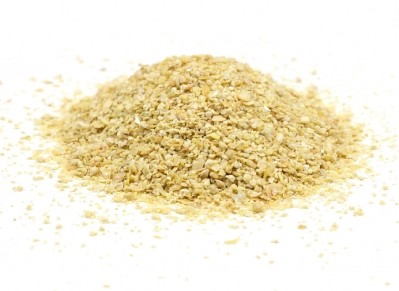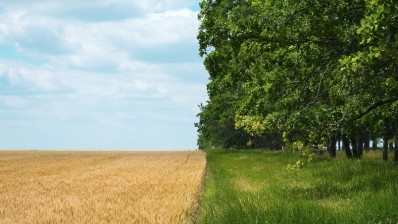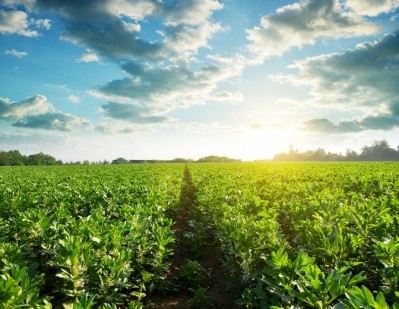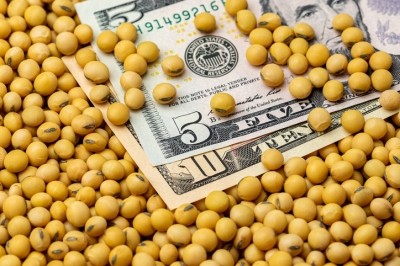ADM: Massive amount of crop production disruption globally
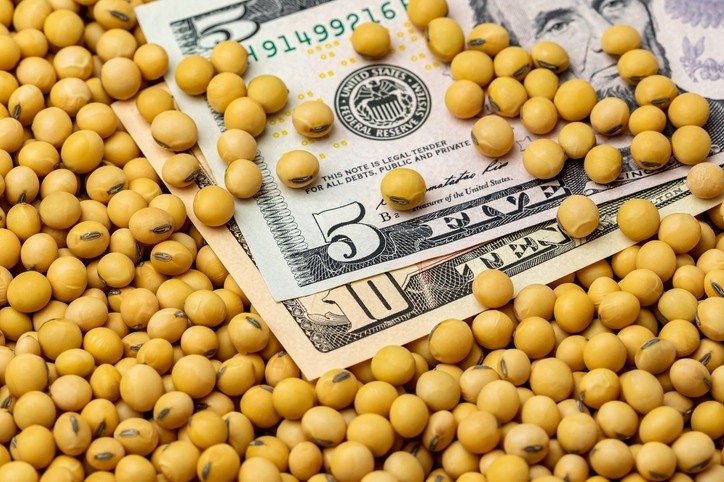
Greg Morris, senior VP and president of agricultural services and oilseeds, ADM, was speaking at the Bank of America Agriculture and Materials Conference on March 3.
He also reflected on the ongoing problems in South America, the expanding crush capacity and the potential for the US to compete in the destination soybean meal business.
“We came into this year with high expectations in the South American oilseed and corn crop, and what we saw was drought like conditions in Argentina, Paraguay, Uruguay and the southern part of Brazil. And, so, we have certainly reduced [our high hopes] for crop supplies in the Southern Hemisphere.
“And then you add to that the conflict in Ukraine."
Looking at the near-term disruptions from the Russian invasion, he highlighted how, in Ukraine, the port facilities, the grain industry, the large sunseed crushing industry are all essentially shut down as people prioritize their time and attention to do other things like protecting their families, and protecting their country.
ADM has a relatively small business in Ukraine as compared to the rest of its global network: one crush plant, one port facility, a handful of grain elevators and river terminals.
“There will be a growing concern as we go through the next 30 days or so in terms of crop production, and what crops get planted, how much area gets planted, does the crop get planted? Are the farmers even in a position, with fuel, with equipment, with seed, to be able to plant the crop?
“But then even if you plant a crop, what's the extent of the damage on the infrastructure? How much damage have the roads taken [and] the bridges taken? Are there certain facilities that have taken damage? How long does it take to rebuild those? Do you have a workforce in a post-war environment that's willing to come back to Ukraine? And how do they prioritize their time when you have critical infrastructure that needs construction, rebuilding?
“When does the ag industry have a workforce that allows it to run? It all kind of depends on your view of how long this lasts and how bad it is.
"It is a tragic situation that we are helping our team navigate through. We hope for a quick ending to this."
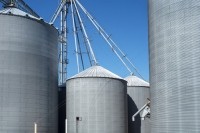
Challenges in Argentina
The drought in South America will limit the ability of the Argentinian industry, the largest soybean processor, to run, added Morris.
Argentina, he noted, is the biggest supplier of meal and oil to the world but challenges persist with crop production amid an inflationary environment and farmers reluctant to bring their grain to market, commented the executive.
Somehow, he continued, the markets have to adjust to this new reality: the Ukrainian sunseed crush industry, which processes 16m tons per year, is offline and the Argentinian industry is constrained.
In terms of the immediate impact from those challenges, he said: “You'll see improvements in crush margins as the world tries to figure out how...to substitute for all the sun oil that used to come out of Ukraine.”
US market
Switching to the US market, the ADM lead talked about his expectations for likely feedstocks for renewable diesel expansion:
“It will be more aggressive aggregation of low CI score oils: used cooking oil, animal fats and tallows, to feed into renewable diesel. It will be additional crush capacity as we and others have announced to help feed that flow. It will be a reconfiguration of things like animal fats that used to go into feed rations. In the future, maybe - they're probably going to go into the fuel stream. And feed rations will have to get reconfigured a bit. Maybe you feed a little bit more corn for its fat content.”
There have been a lot of crush capacity expansions announced for North America of late, but none reported for Argentina, neither for Brazil, noted Morris.
This projected expanded crush capacity is repositioning the US crush industry, putting it on a more competitive footing globally to compete for the destination soybean meal business, he said.
“I think we will be a heavier meal exporter in five years [time] than we are today. I think that needs to happen as a result of the crush expansions as they come online. Whether that comes straight out of soybean exports will depend on what the yields do between now and then, and do we grow a bigger crop to allow us to do both?
“As crush rates go up and our bean exports have the potential to come down, then you'd expect trade flows would reconfigure. Maybe Brazil or maybe Argentina becomes a bigger supplier of beans to China or the rest of the world. But for me, the one thing is for sure, we're going to be a bigger meal exporter going forward. What that means in relation to beans is going to depend on bean acres, bean yields and overall global demand for soybean flows.”
Business resilience
Given the ongoing volatility in commodities, ADM has done a lot over the past few years to improve the business model, said Morris.
“Our clear focus was on trying to create more repeatable earnings, less volatility in earnings profile... increasing the velocity of our trade flows but doing it with a smaller net risk position.”
“The work we have done over the past several years has helped us to navigate a global pandemic, it has helped us navigate Hurricane Ida in New Orleans, it has helped us navigate droughts in South America and in other parts of the world. It is going to help us navigate the unrest that is happening in Ukraine today. It is the resiliency of the model and the way that we operate it.”
Emissions reduction
Sustainability has become front and center in a lot of conversations that ADM has as it relates to the company's value chain, said Morris.
And ADM's goal to reduce its Scope 3 GHG emissions 25% by 2035, announced in December 2021, was a call to action for the organization, he remarked.
“When you think about where carbon gets created in the entire ag supply chain, 75% gets created on the farm. The rest of it happens through the supply chain – in processing and distribution. And so if you're going to really try to drive change across the ag supply chain, you have to have an influence on farming practices, which means you have to have the right incentives around that, too.
“So we've got lots of energy in the organization today around trying to leverage our network to incentivize farmers to do things like no-till, cover crops, etc.
“But importantly then, that also gives us an opportunity across all three business units to think about going to market with new products. Climate-smart products, environmentally-friendly products, products that could be represented as helping our customers live up to their Scope 3 reductions, because it all starts on the farm.
“So yes, we have to have a very deliberate focus and effort on trying to drive change on the farm.”
But the company also has to be able to quantify all that and calculate what that means for its customers who are making significant commitments to reduce their Scope 3 emissions by 2030, said Morris.
And that timeline is only eight crop cycles away, he stressed.
“So how long can you wait before actually starting to drive change at the farmgate?
“There's a lot to make it happen. There's education, there's incentives. There's a whole lot of extra work that's involved. And it takes government action to - or government incentives, sometimes, to get the ball rolling.”
